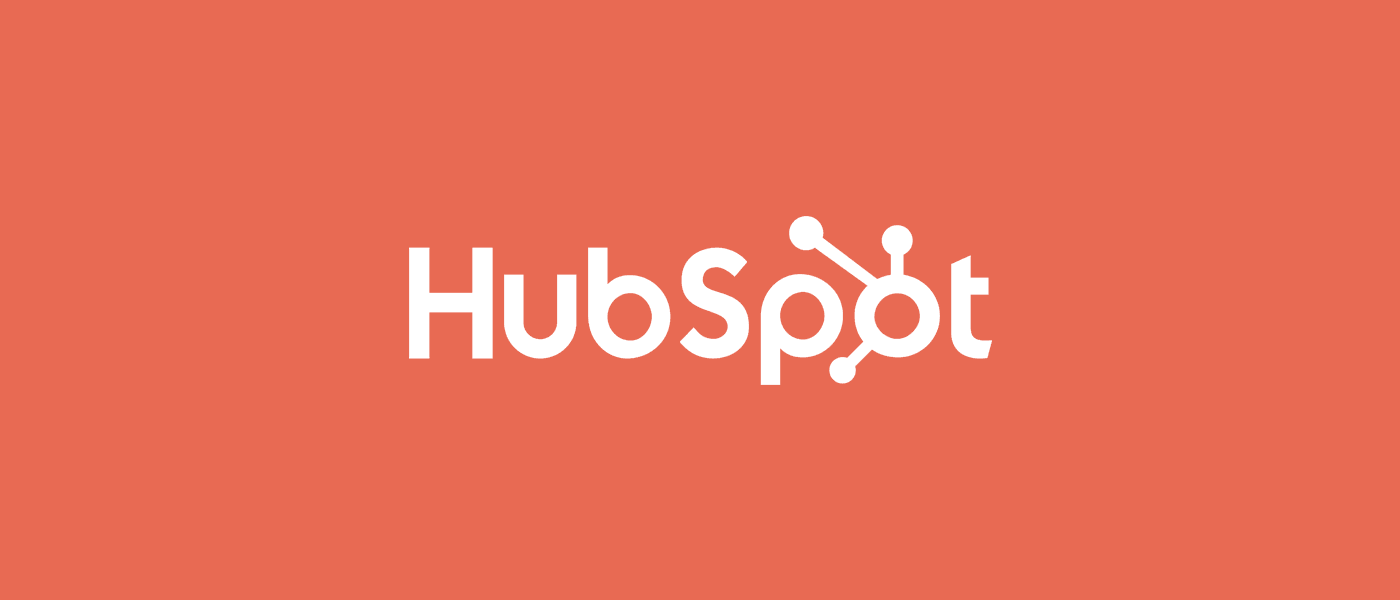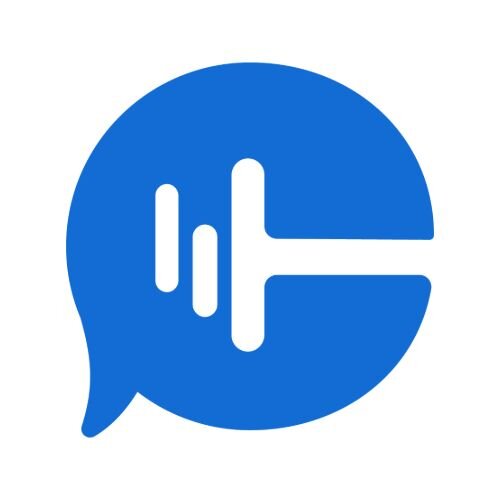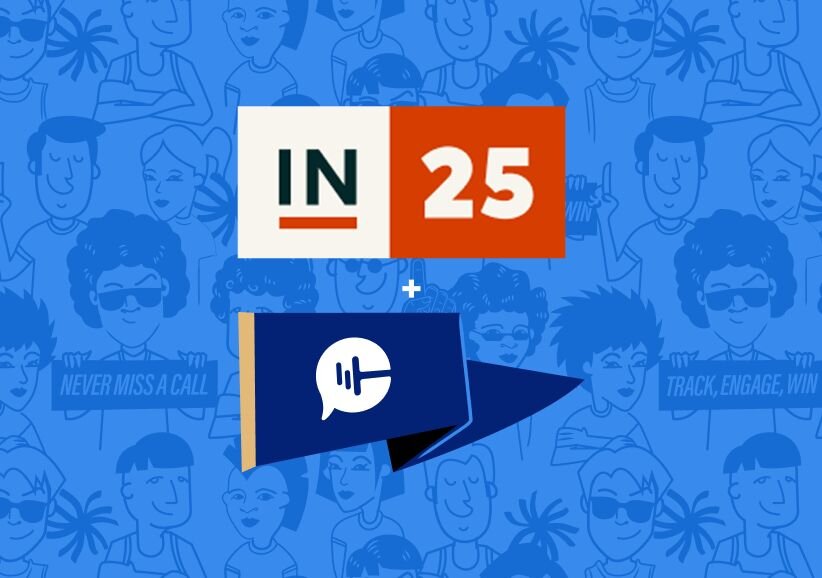There’s no question that inbound calls play an important role in a company’s marketing efforts. But understanding how to maximize that value in conjunction with your other campaigns is a different task altogether. To do it, you need to improve your call tracking attribution capabilities, while also connecting your call tracking with tools that can optimize workflows and your overall campaign strategy. That’s where the HubSpot integration with CallRail comes into play.
HubSpot is great for publishing and optimizing content, sending and tracking emails, and many other components of digital marketing. But it needs a little help when it comes to offline campaigns.
Why HubSpot?
If you’re already using Google Analytics or other platforms to support phone call attribution, it might seem unnecessary to set up HubSpot to do the same thing. But there are some important differences that businesses and agencies should understand.
There’s no question that Google Analytics is a must-have integration for any call tracking endeavor. The analytics are much more thorough, which means your business gets more detailed insights to improve its marketing strategy. But there are subtle differences between Google Analytics and HubSpot that offer unique value for each.
HubSpot, for example, may not have the same scale of data and insights as Google Analytics, but it does have the tools to help contextualize data for sales and marketing campaigns. If you’re building workflows to guide marketing strategies and campaigns, whether for automated processes or even for call scripts, HubSpot’s attribution reporting features are a great way to optimize your resource allocation and build better campaigns.
Meanwhile, CallRail offers a seamless integration with HubSpot that makes it easy to discover which campaigns are driving phone calls and text messages to your business — as well as how those inbound leads are converting into sales.
Ultimately, these integrations aren’t an either/or decision your company needs to make. Multiple integrations can offer more comprehensive data and insights to improve your marketing strategy. Integrating with HubSpot gives you the information you need to improve your sales and marketing strategy, especially where your automation workflows are concerned.
Key benefits of a HubSpot/CallRail partnership
When you integrate CallRail and HubSpot, your call tracking software can combine its own tracking capabilities with the platform-based tools offered in HubSpot. Here’s a look at some of the top benefits of this integration.
Integrated, full-funnel call tracking and analytics
By connecting to the call tracking data available through CallRail, the HubSpot marketing platform can seamlessly track the entire customer journey, even when it starts offline through an inbound call, or via text message. Thanks to new visibility into these early stages of the customer journey, marketers can use HubSpot to analyze the full journey, segment and better understand their audience, and even develop workflows and protocols based on each individual call, and what certain behaviors may communicate regarding a customer’s intent.
Visibility into online-offline interactions
As an offline channel, phone calls have been difficult to integrate into digital marketing platforms. As a result, many marketers are unclear of the value of inbound calls, and they underestimate their importance to a larger business marketing strategy.
But today’s businesses have multiple options for improving call tracking to connect online and offline data, which can then be imported into HubSpot to improve full-funnel measurement and analysis. Dynamic number insertion, click-to-call records, and other innovative data points provide a digital footprint of inbound call activity that can help you optimize your marketing in HubSpot.
Powerful workflows that optimize marketing efforts
One of HubSpot’s greatest strengths is evaluating leads to determine which strategies offer the best return on investment. Inbound phone calls are integrated alongside leads from other sources, allowing CallRail’s data to be evaluated with other campaign data side by side.
Marketers can then use this data to prioritize their resources when engaging with leads and attempting to drive conversions. They can also use this information to create automated workflows that initiate trigger actions based on phone call activity or other behaviors along the customer’s path to conversion.
Accurate attribution for every conversion
All of these new data points and integrations improve the quality of your marketing data. Ultimately, that puts marketing departments in a better position to analyze conversions and implement an attribution model that offers an accurate measurement of performance.
Without call tracking data, the attribution reporting offered through HubSpot offers only part of the picture. In order for you to fully understand your sales and marketing funnel in its totality, this offline data needs to be integrated into HubSpot.
How to integrate HubSpot with CallRail
As a certified HubSpot app partner, CallRail offers easy integration into the HubSpot platform. A full integration allows CallRail to automatically report new inbound phone calls to your HubSpot dashboard, logging the call activity and either linking it to an existing contact in your CRM or creating a new contact to represent a new lead for the business.
This call activity logged in HubSpot will feature a tracking number, a number name, a company name (if applicable), a recording of the call or a transcript of the text message, and the call duration. All of this information can then be organized by HubSpot and used to analyze leads and inbound call performance.
This tracking is made possible through an active tracking number that is linked to an online campaign and embedded into your website code as a small JavaScript snippet. This snippet is easy to install even if you don’t have a coding background, and it can help CallRail — and, through the integration, HubSpot — track other valuable data points, such as the search keywords, website landing page, and referral source. (If you need help installing this JS snippet, check out the instructions offered on our support page.)
Ready to connect CallRail to HubSpot? It takes only a few simple steps:
- Access your HubSpot account to copy your HubSpot ID, which will be added into your CallRail account to connect the two accounts and enable the sharing of data between the platforms.
- Once the HubSpot ID is added, you’ll need to return to HubSpot to authorize CallRail to use data from your account.
For step-by-step instructions, visit our support page detailing the HubSpot integration process.
When HubSpot and CallRail work together, they increase each other’s value and enable more powerful marketing performance as a result. And HubSpot isn’t the only integration that enhances the value of your CallRail account: Find out more about the power of integrating CallRail with other marketing technologies.











